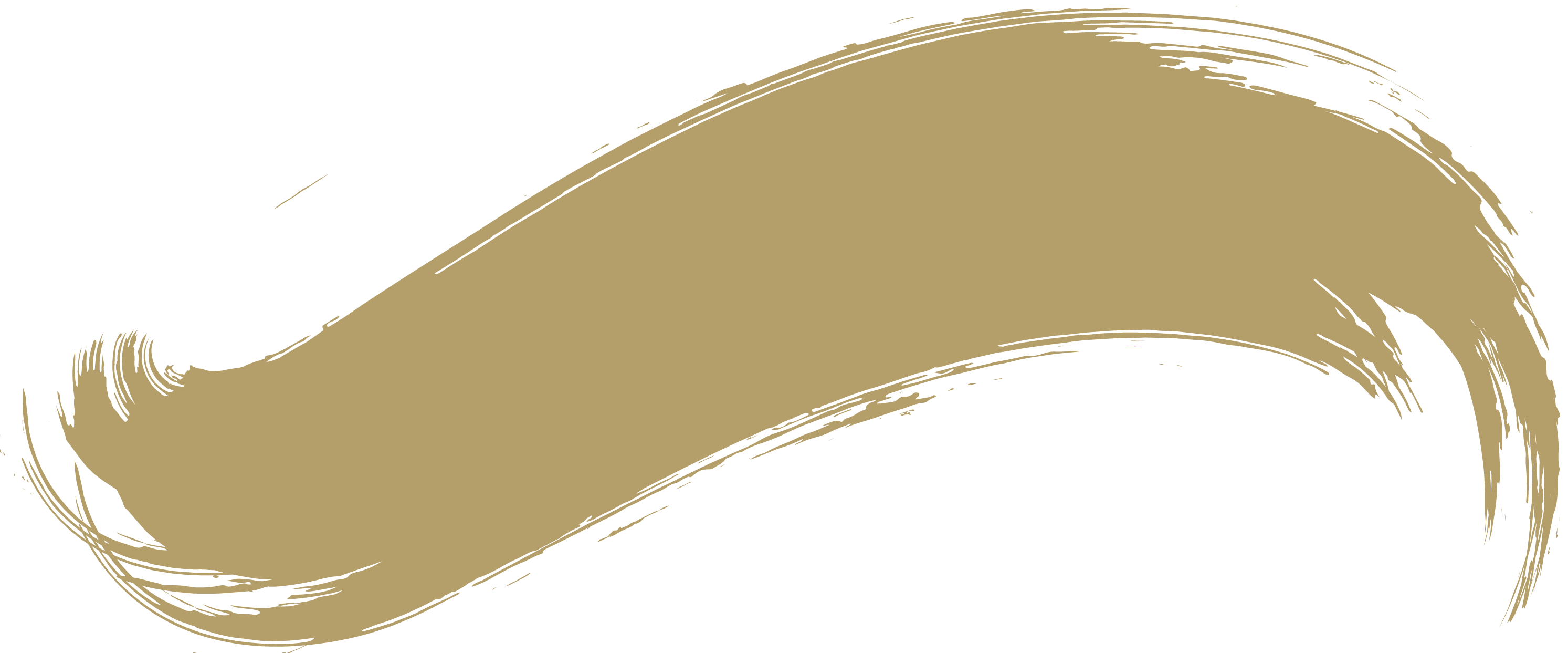The project explores the ecologies & mythologies of Rossbeigh Strand and the surrounding coastline through various storytelling practices. From informal gatherings to biodiversity walks, performances and art-making workshops, the programme has opened its arms to members of the local community to come together and in their own words, “return our stories to the strand through collective song & movement”. We spoke to Amano about her involvement with The Mantle Project, how music and folklore has an important role to play in ecology and her own journey towards creative potential.
You performed as part of The Mantle Projects final summer performance at Rossbeigh Strand, a Creative Communities arts project supported by Creative Ireland. Why did you feel strongly about becoming involved with this project?
As a Kerrywoman, I am often struck by how sparsely our local stories and faces are incorporated into the image of our county as a global tourist destination. I was moved by the centrality of Rossbeigh’s communities – past and present, human and non-human – in The Mantle Projects. Rossbeigh is, of course, a place of outstanding natural beauty. Whether captured on a warm summer’s day or in the throes of a January storm, the strand will always deliver an impressive and enticing postcard image. In this paradigm of endless snapshots and carefully curated images, there is a temptation to engage with places of beauty as inanimate backdrops. We wait for a passing car to leave the frame before pressing the shutter. We crop out the seagull with the packet of crisps and the jogger in their hi-vis vest. The Mantle Projects felt to me like the opposite of freeze frame culture. It is a repository, and in it I could value Rossbeigh Strand as my family’s seaside day trip of choice throughout childhood, the place where most of my schoolmates learned to drive, and the place where I tasted a Pot Noodle for the first time.
Being raised in Kerry, how do you believe music, mythology and folklore can play a part in helping people to understand more about ecology and the importance of protecting our strands and coastlines?
Kerry is a haven for dark skies, sea swims, literature, architectural remnants of cultures long disappeared, our language, our Gaelic games, and biodiversity. It is also a place that facilitates an unsustainable property market, luxury tourism, and hyper-seasonally-dependent industries. Music, mythology and folklore are all instruments through which we can collectively contribute to imagining the meaning of “home” beyond the notion of ownership or capital reward. When we participate in creating a sense of home, we instinctively begin to notice our own distinct roles in nurturing and maintaining that home for future generations. When I witness the marram grass as part of my community, working very hard to hold the dune I love in place, I begin to interact with it in a different way, I realise that we are sharing a home. Music, myth, and folklore are the quickest routes through which we witness each other.






